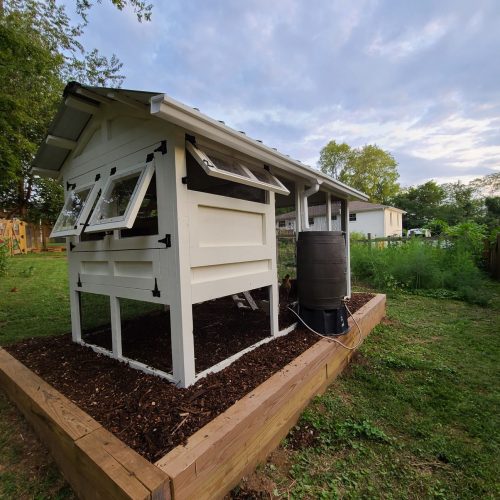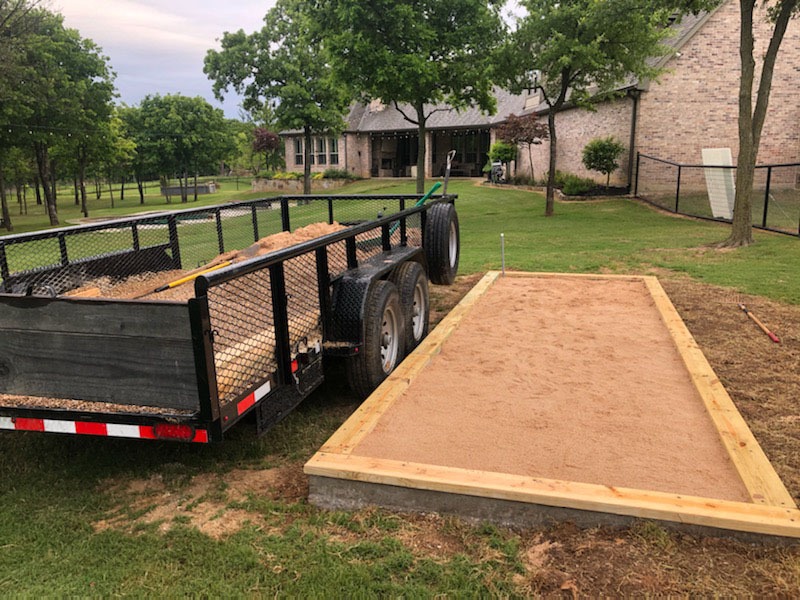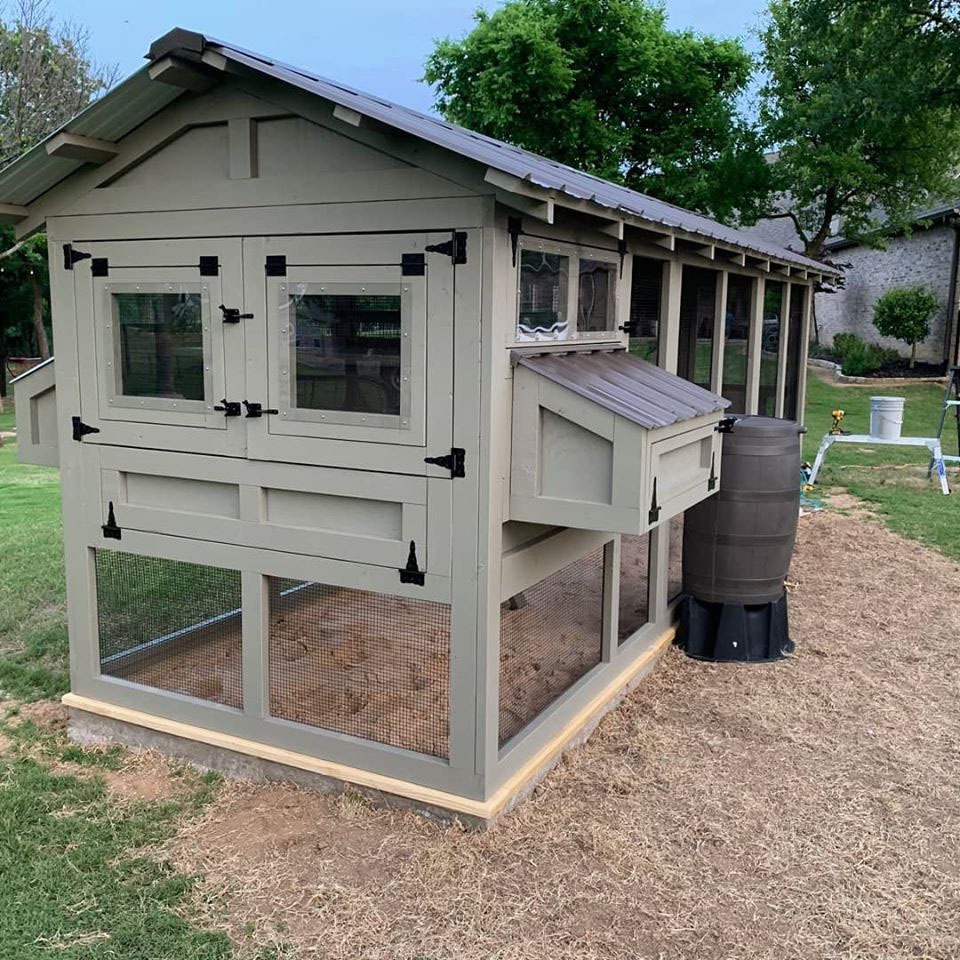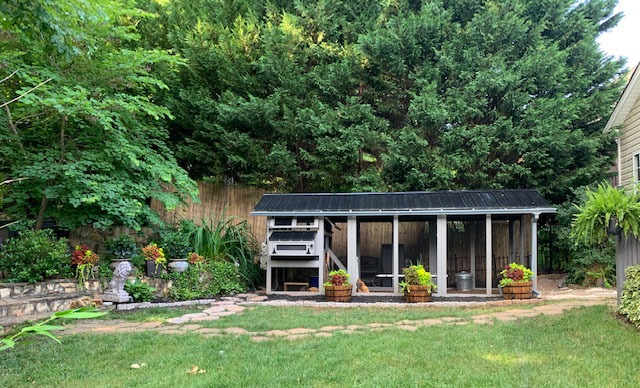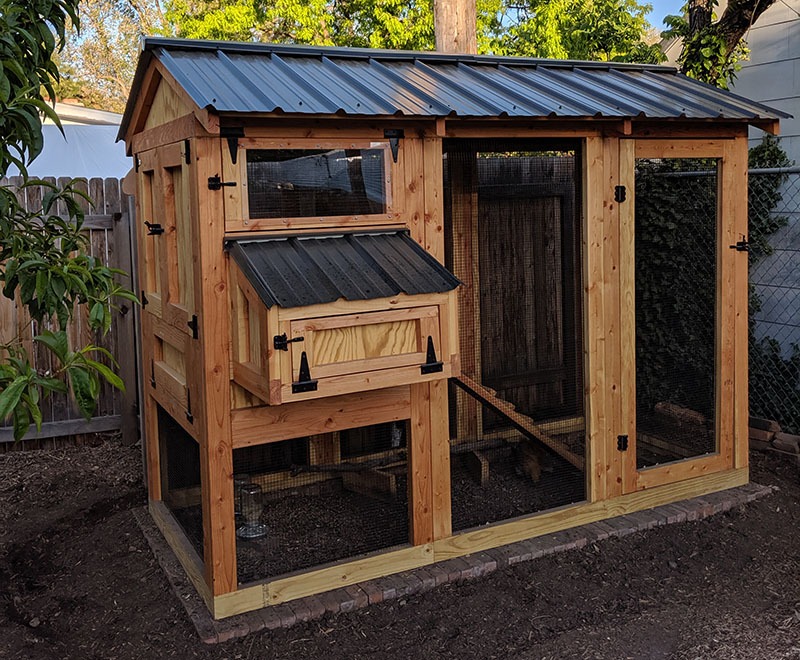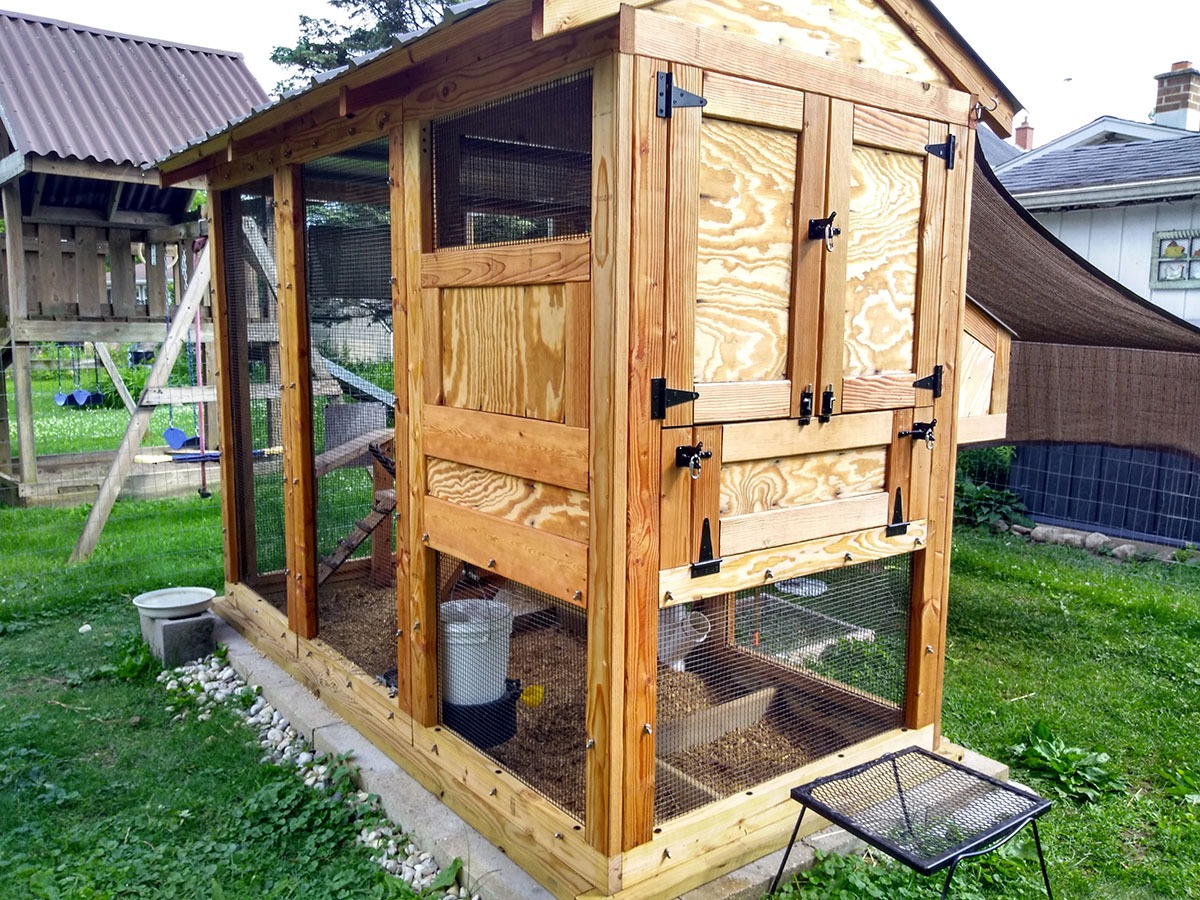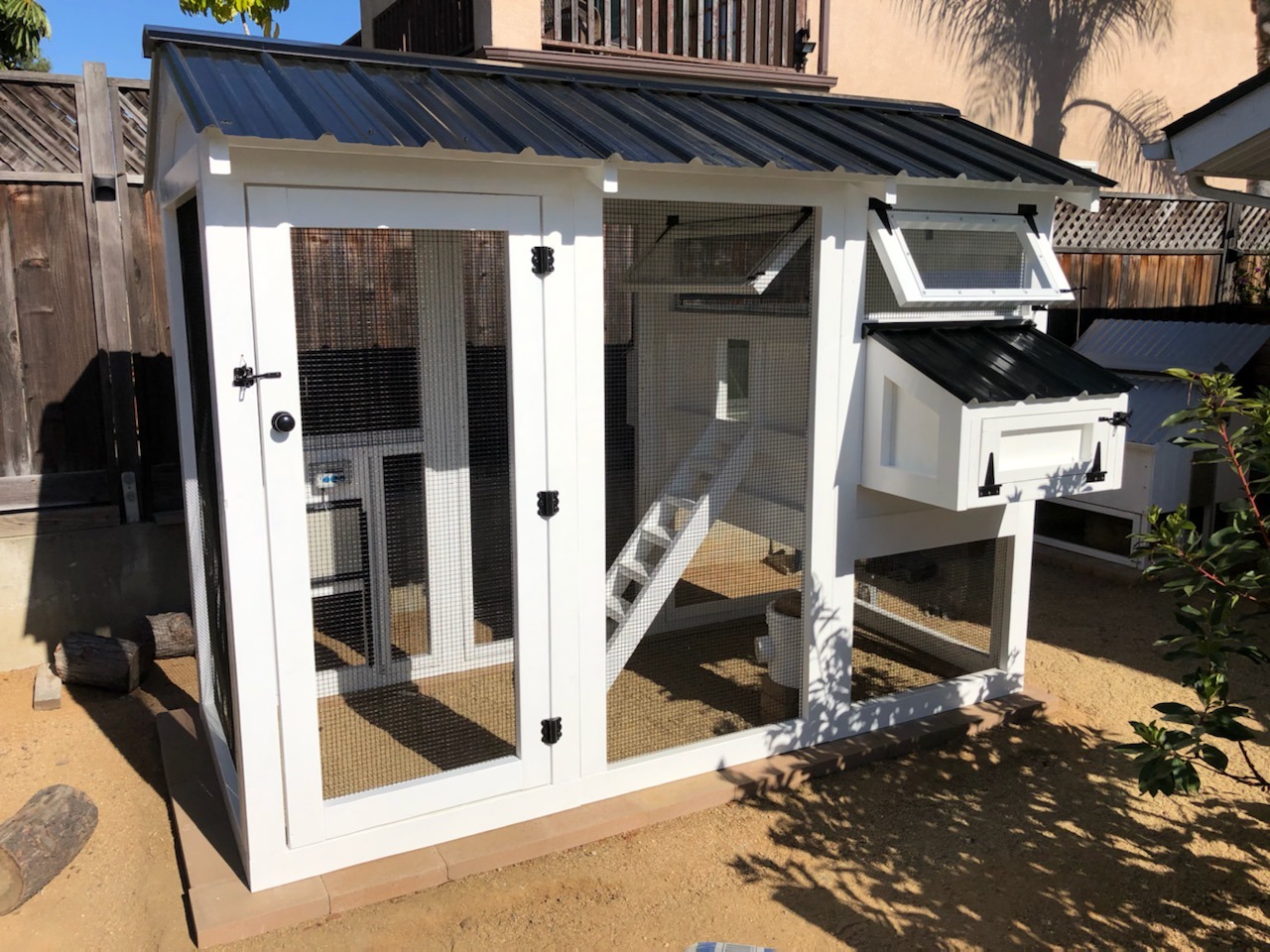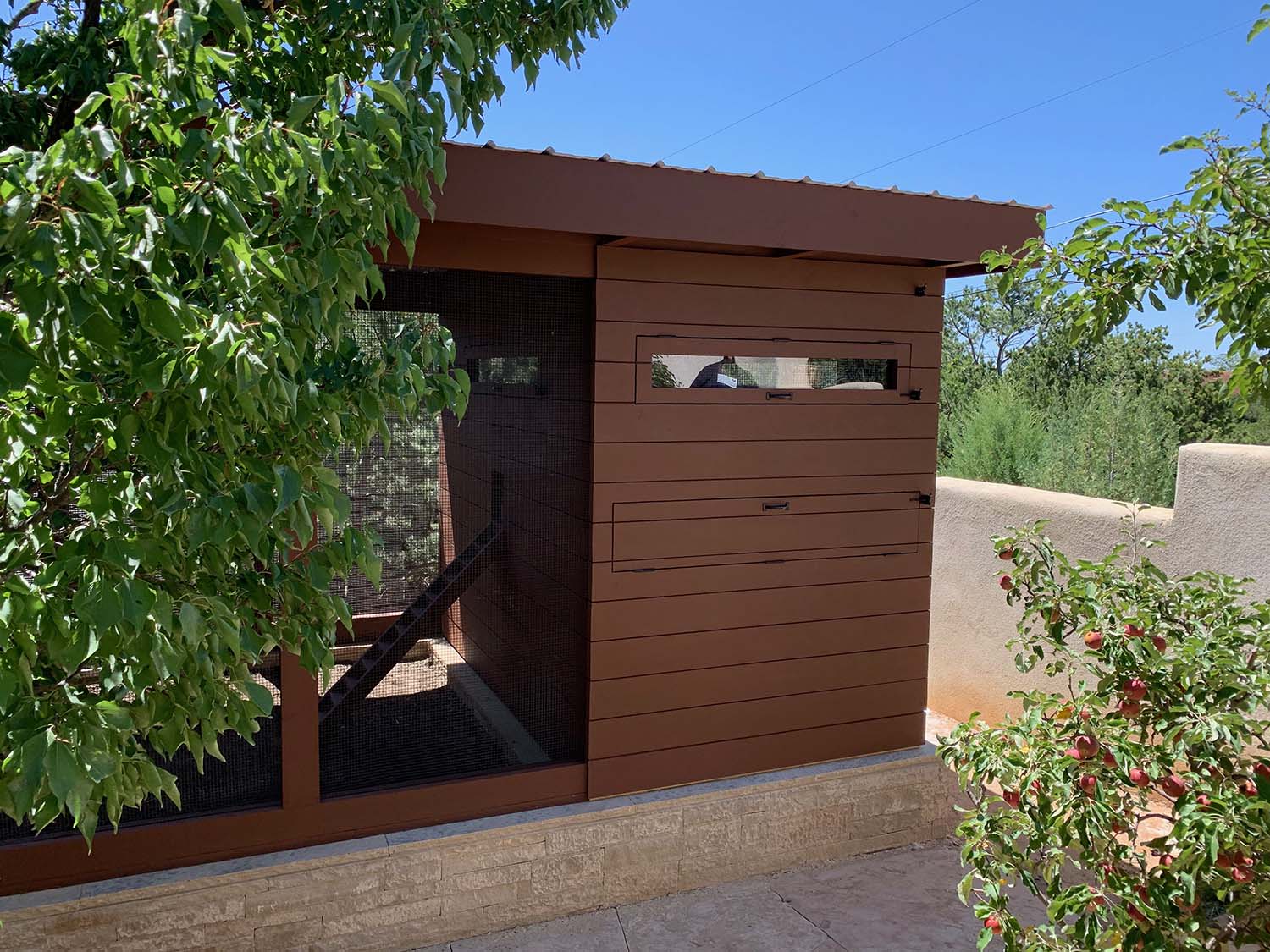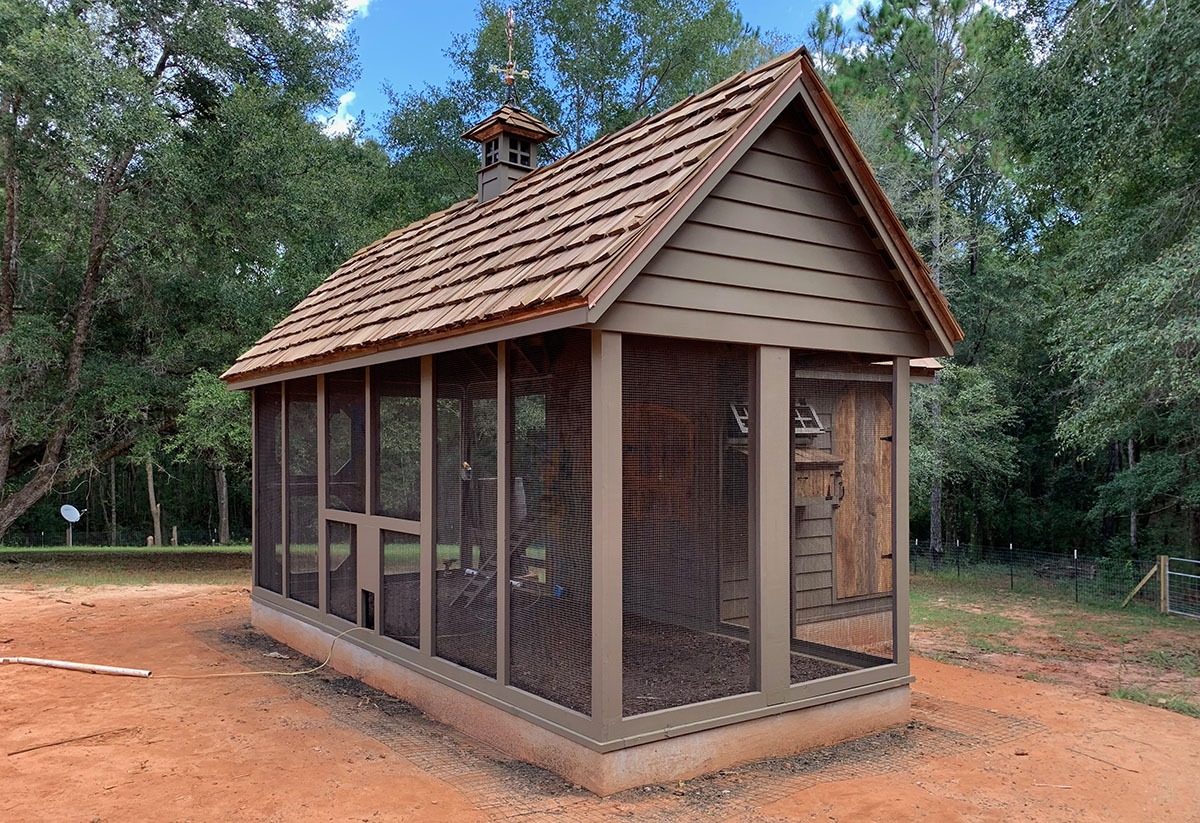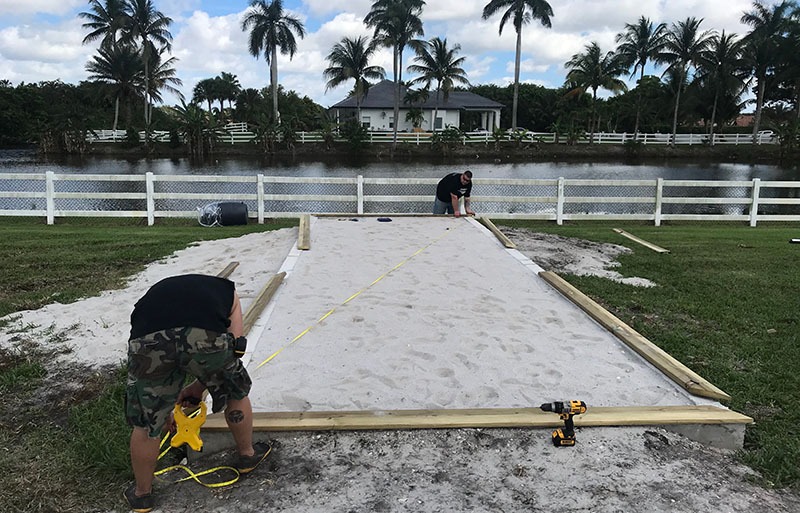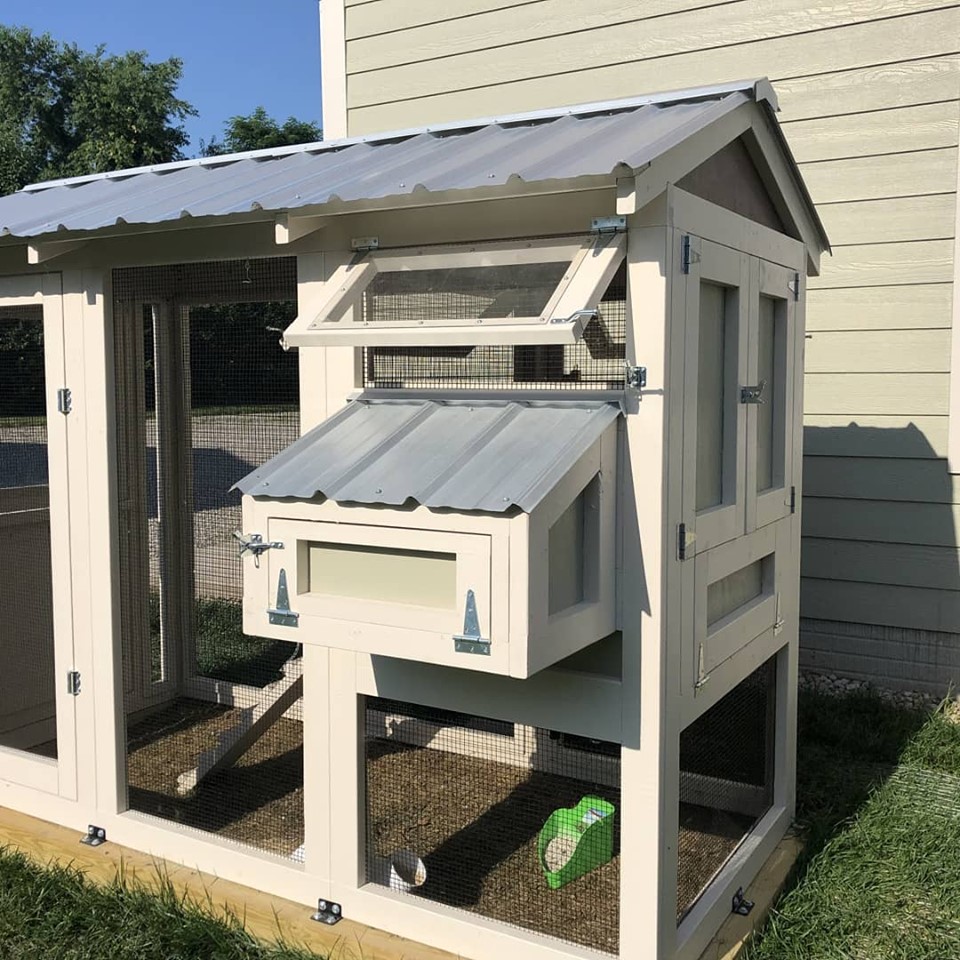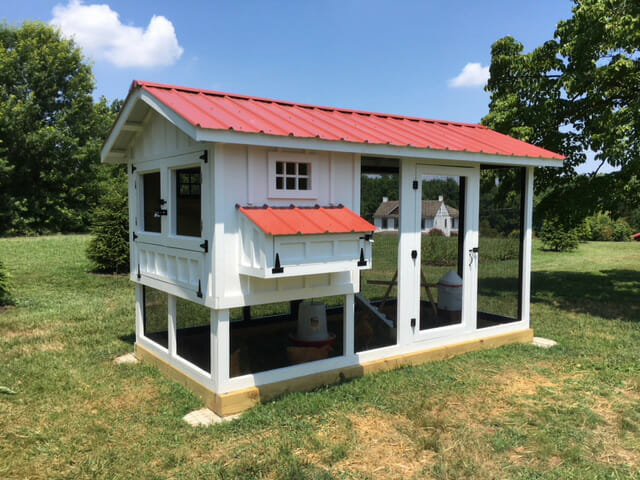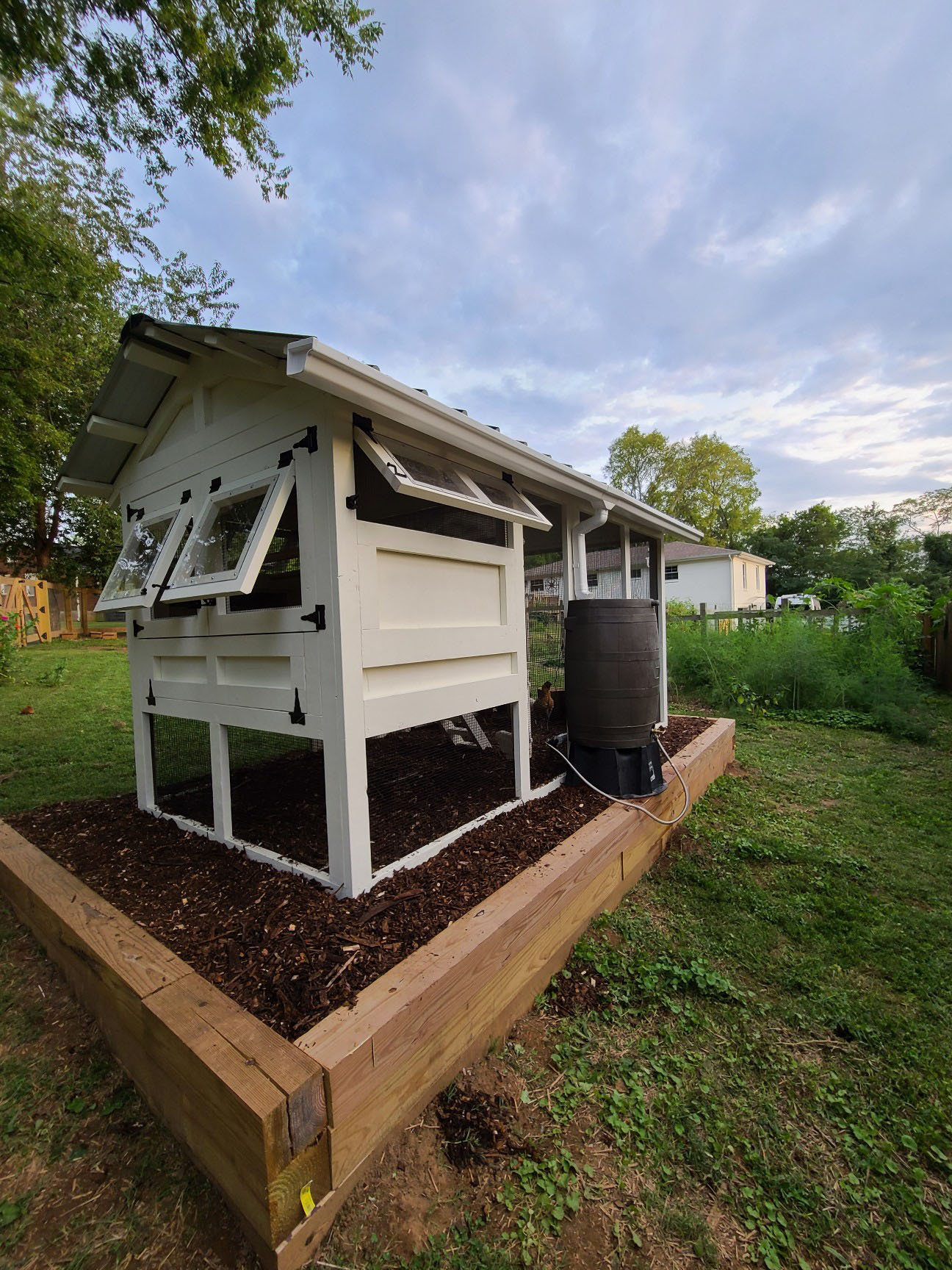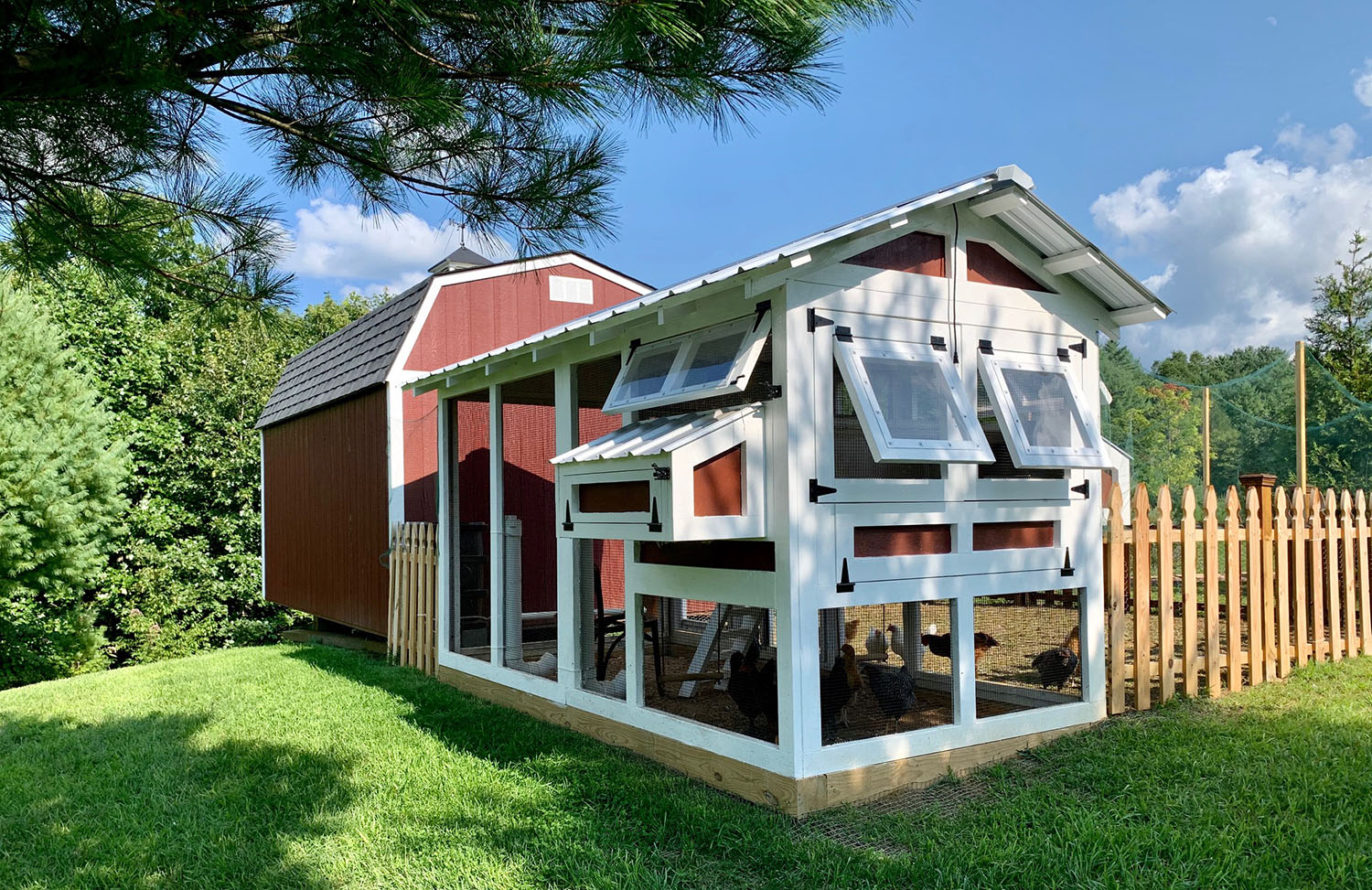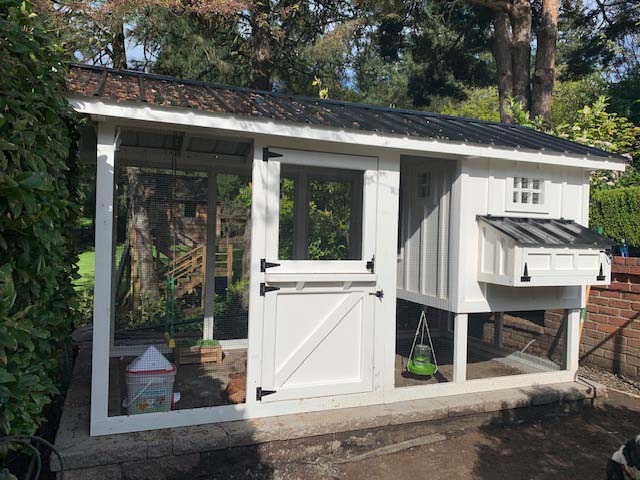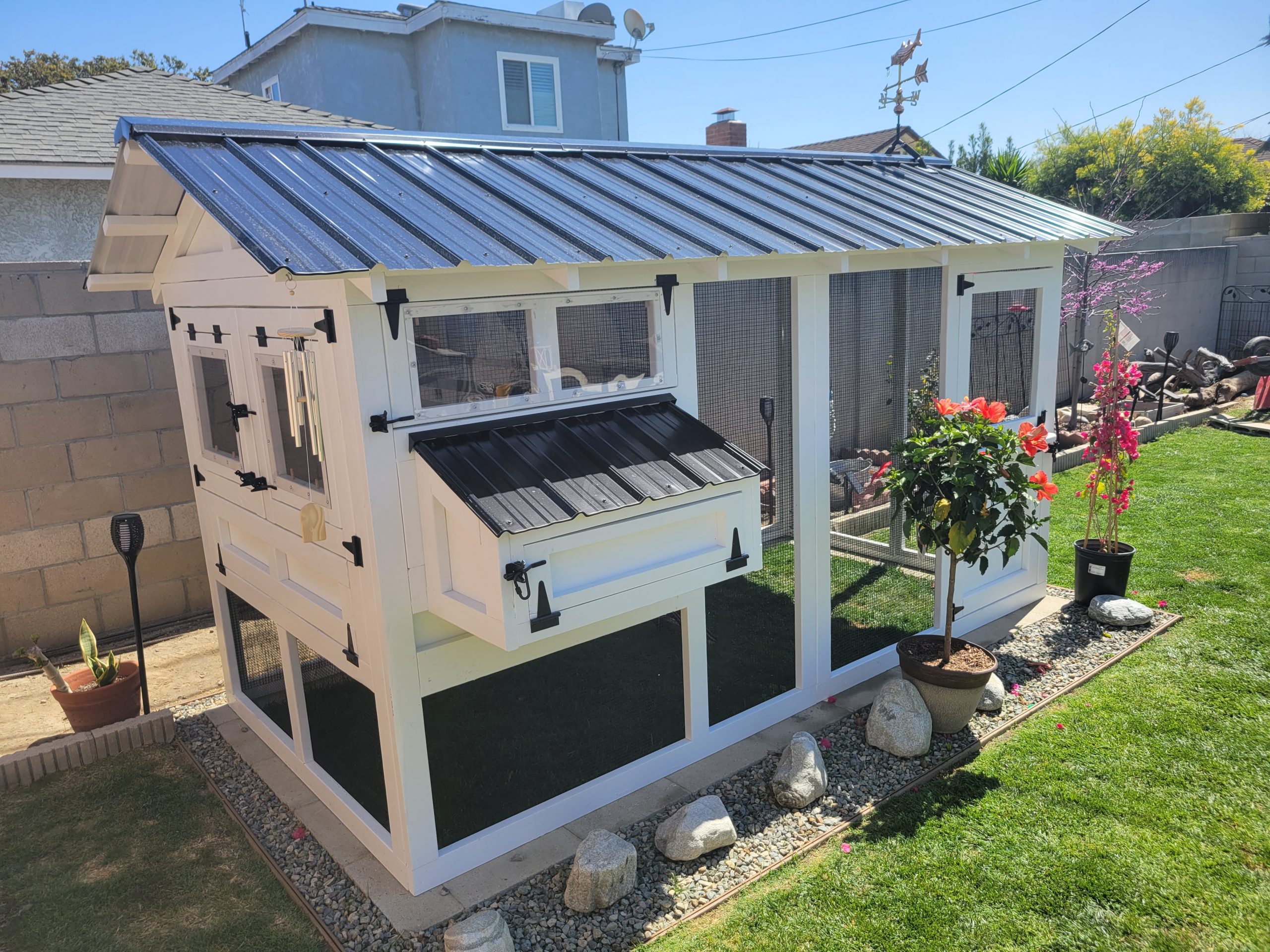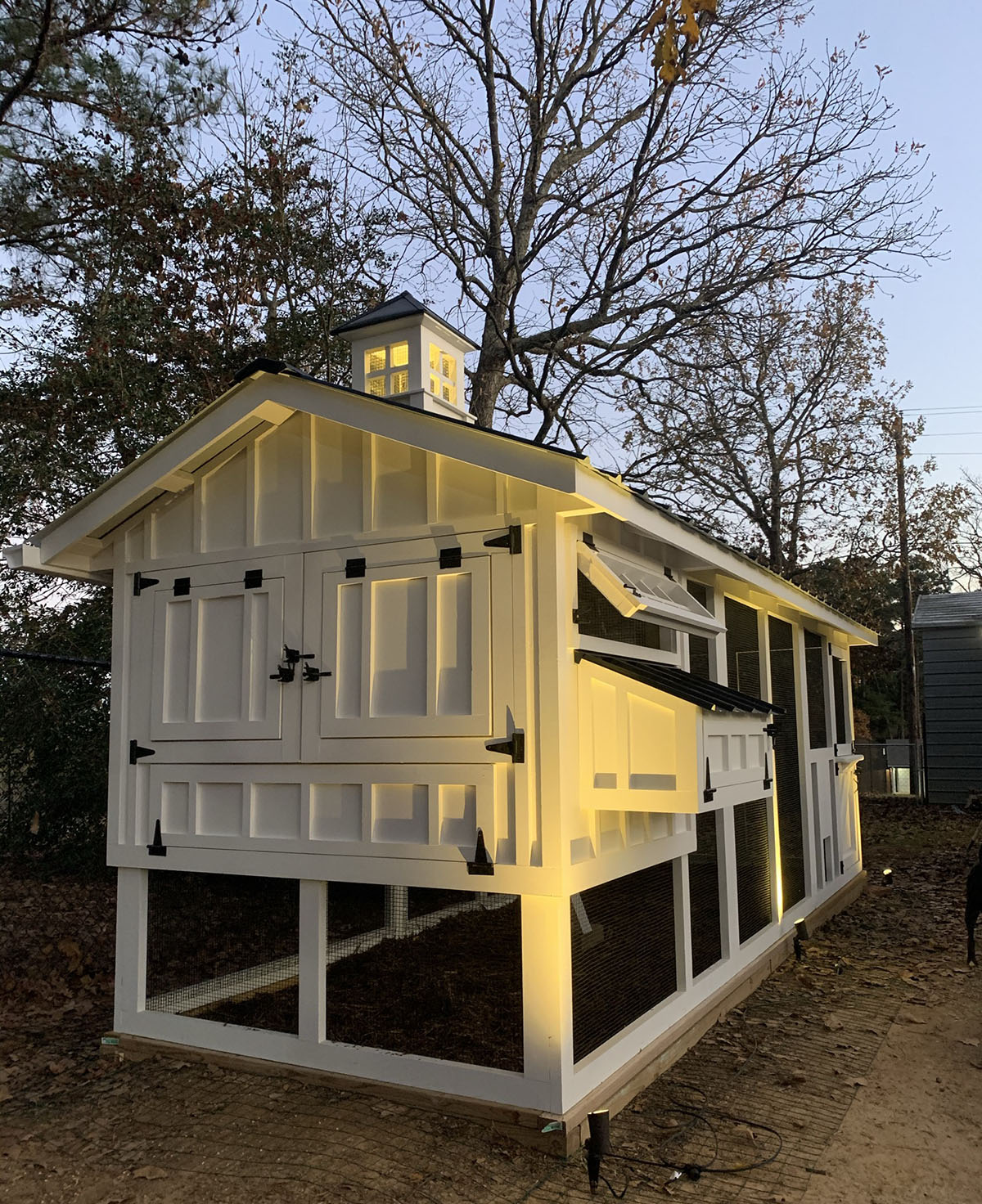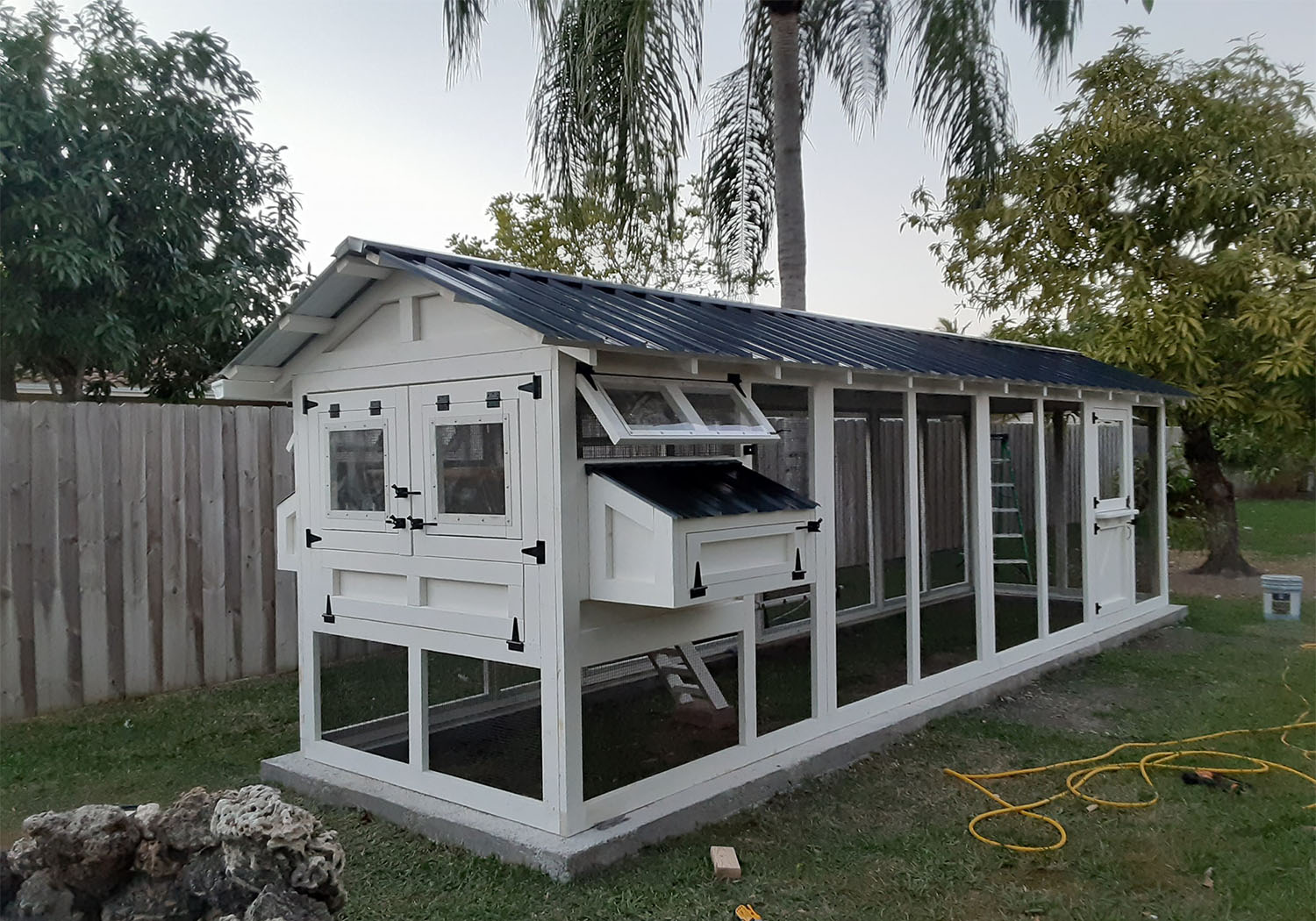PREPPING THE SITE FOR YOUR COOP
When getting ready to take delivery of your chicken coop there are a few important things to take into consideration to ensure that your coop is properly placed. The first and most important point to remember when preparing an area for your coop is that it is crucial to keep your coop site out of low lying, wet, or swampy areas.
Also, it is always better to take earth away from the site, rather than adding substrate to the area. This is especially crucial in areas that may receive higher than average amounts of rain or snow. Ideally, you want moisture to flow away from your coop, rather than into the run area.
If you live in an area prone to erosion, you may want to consider adding a foundation with rocks or larger pebbles for additional drainage underneath the substrate that you choose to use in your run. Remember, just like people, chickens don’t want soggy feet!
MAKE SURE YOUR GROUND IS LEVEL
Another critical part of preparing your site for your coop installation is to be sure that your coop is absolutely 100% level on all sides. This can be done using a laser leveling, Transit system, or with a traditional leveling method.
If your site foundation is not level, it will directly affect the entire assembly of your coop. For example, your door may become warped and put unnecessary wear on the framing, or your windows will not fit properly in their frame, which may inhibit their ability to close and function as intended.
If you are located in an area that is unable to be leveled by taking earth away, it may be wise to install a base for your coop, or a foundational pad.
However, we do not recommend pouring a concrete pad, or using patio pavers in the run area. This will prevent your chickens from scratching at the earth while foraging for bugs and other crawly critters. Keep in mind that chickens are woodland creatures and as such they love to peck and scratch at leaves, sticks, and bugs. We always want to encourage a bird’s natural instincts.
PREPPING YOUR RUN AREA
Something to keep in mind when preparing for your coop is that you want your run to mimic what your flock would find in nature. Natural, organic substrates work great in your coop run area. You can use a compost material, topsoil, untreated mulch, leaves, grass clippings, or wood chips. The last three can be added in the run periodically to bring interest back to the run for your flock.
A couple things to avoid as substrates for your run are cedar mulch and pine straw. Due to the sensitivity of a chicken’s respiratory system, the odor emitted from cedar mulch can be detrimental to your flock. Pine straw is too acidic to be digested. (Note: Pine straw is not to be confused with PINE SHAVINGS! Pine shavings are perfectly fine to use in your run, although it does tend to be a bit of a mess should your run area get wet. The shavings tend to clump together and not dry well.)
The key is to keep your flock happy and healthy by giving them a natural environment for them to forage for bugs, take a dust bath, and allow for beneficial microbes in the ground to do their job.








